Confronting climate change in Central America

Climate change continues to influence an alternating cycle of increasingly devastating storms and droughts that leave severe humanitarian consequences in their wake. These shocks harm vulnerable populations in the north of Central America, jeopardising their food security and livelihoods and causing various repercussions.
When these events affect sowing and harvesting, job opportunities are limited. People like Ovidio and his wife, Teresa, residents of Guaraquiche in eastern Guatemala, cannot generate an income if they cannot go out to the fields to work.

“I can’t provide for my family, but it’s not because I don’t want to,” says Ovidio.
Ovidio, a former soldier, suffers from chronic seizures that limit his ability to work.
"When we don’t have food, well… we won’t eat until we have more food, hopefully the day after,”
says Teresa, as she washes two pounds of corn to feed her family. They depend on Ovidio's brothers to provide food, which they then ration.
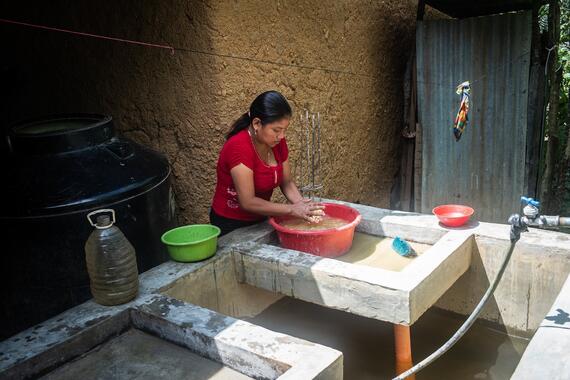
Their neighbour Maria, a 40-year-old Ch'orti woman, also has to skip meals, even though she cuts firewood to generate an income.
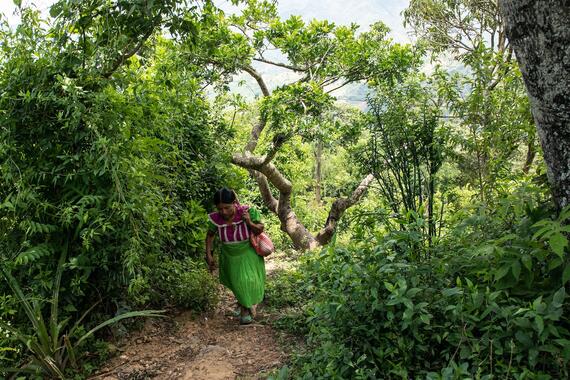
As a widow, Maria is the only source of income for three children and two nephews in her care. Between widespread deforestation, droughts and rising prices of fuel and agricultural supplies, she can't always get the 10 pounds of maize she tries to buy with her firewood sales – an amount that, with some rationing, lasts her family five days.
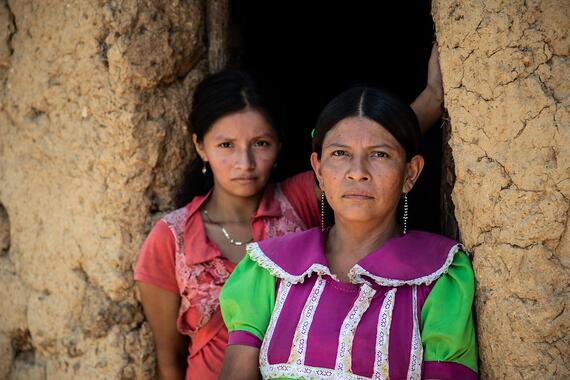
The long-term implications and social impacts of climate change can be seen at La Planeta school, on the outskirts of San Pedro Sula, Honduras.
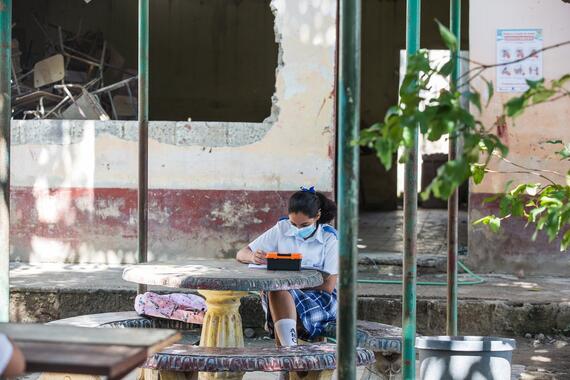
"Only 40 per cent of the school’s facilities are usable right now, two years after [Hurricanes] Eta and Iota,” says Yuniy, the head of the education centre’s Parents’ Association.
“We haven’t been able to get back on our feet. I want to be able to leave my daughter at school knowing that she’s in a safe space."
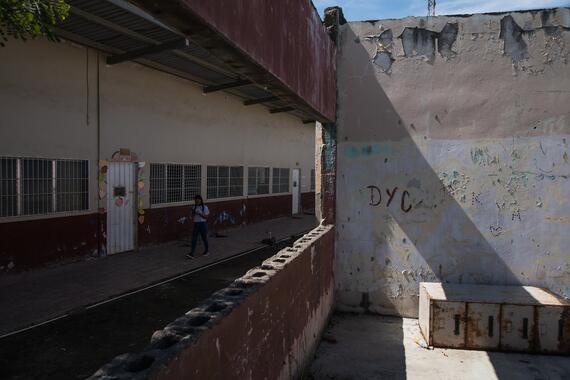
The scars from the hurricanes look like something out of a war zone. Not only do they harm the education of a generation of students, but they also pose health risks. Following damage to the school's water systems, the Norwegian Refugee Council (NRC) rehabilitated water, sanitation and hygiene systems and repaired some classrooms.
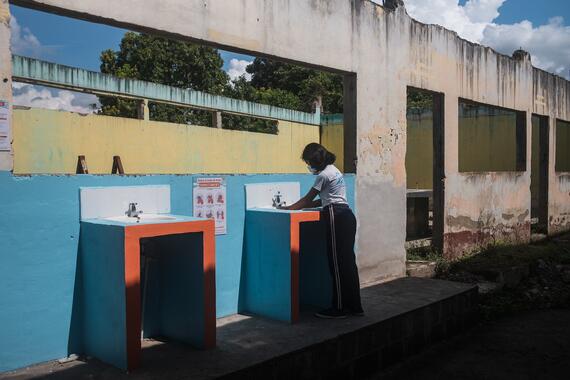
Guaruma II school in the Villanueva municipality, a countryside community about 13 km from San Pedro Sula, has similar challenges.
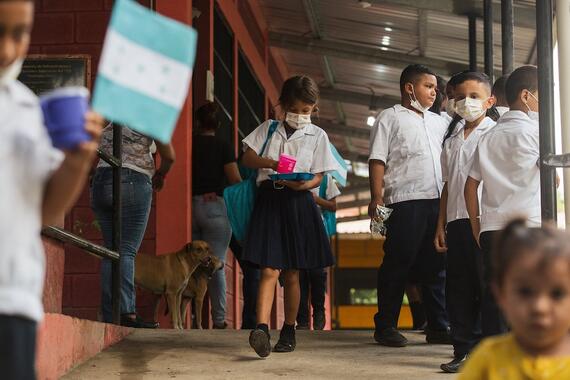
“If it weren’t for the school, we wouldn’t be alive."
The school participates in a national school-feeding programme, with support from the World Food Programme. However, when school activities are suspended due to flooding, many students do not receive regular meals.
International partners built elevated concrete facilities to mitigate the flood damage that has affected older wooden structures. However, the school also serves as a shelter during emergencies, which disrupts the children’s education.
"If it weren’t for the school, we wouldn't be alive," says Andrea, 10. The fifth-grader explains that she and her family sheltered at the school for two weeks after Eta and Iota.
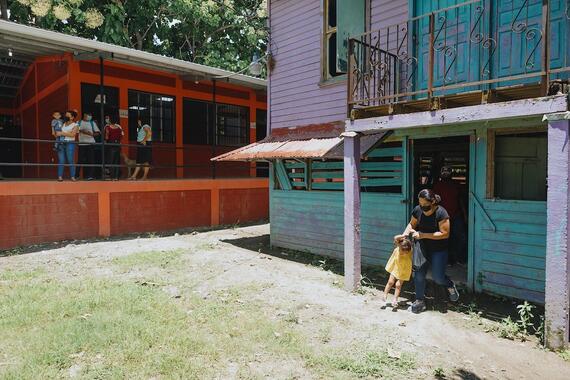
Due to the frequency of these destructive events, responses to the effects of climate change are increasingly geared towards sustainable resilience.
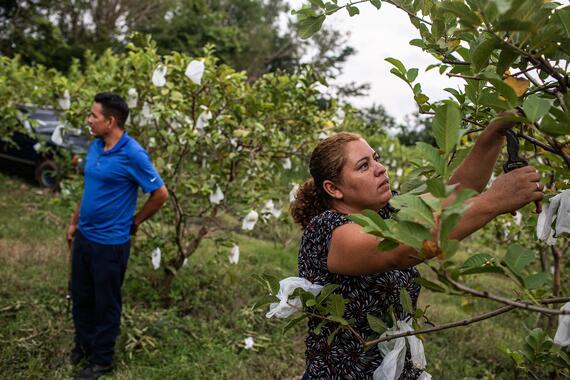
"Climate change has caused some extremely strong rainy seasons; sometimes we get rainfall of up to 70 mm, just some torrential downpours. And yes, it’ll cause flooding,”
said Manuel, 39, who resides in La Arenera, in the Salvadoran department of San Vicente with his wife, Iris, 36.
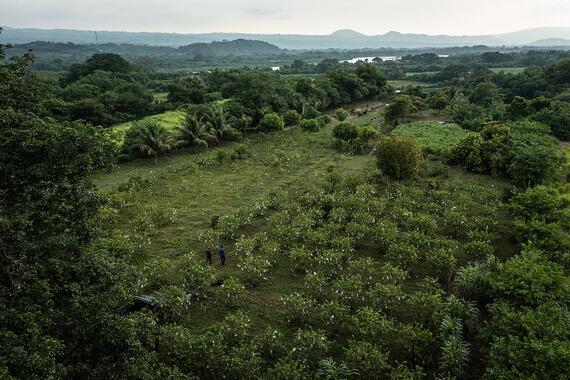
The farming couple received assistance from Caritas, supported by Catholic Relief Services and the Diocese of San Vicente, to plant guava – a weather-resistant fruit.
Manuel explains: "The guava is very resistant, which is an advantage. Whenever our maize crops were flooded, they were lost for good. It adapts better to the climate and during long droughts. We still grow some basic grains for subsistence, but guava is what puts money in our pocket."
Mahomed, a 42-year-old Guatemalan farmer, shares Manuel’s sentiment.
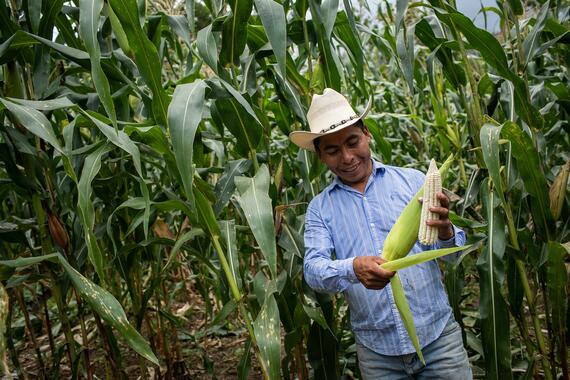
"Really, it’s about adapting to climate change,” he said. “Our usual crops are just too affected; we have to work with alternatives."
One of those alternatives is a Low Intensity Aquaponics System (SABI), under a project by Oxfam and the Association of Services and Socioeconomic Development of Chiquimula, in the Talquezal community.
SABI is built around a large water tank that houses grey tilapia under pots of herbs, such as cilantro and chard.
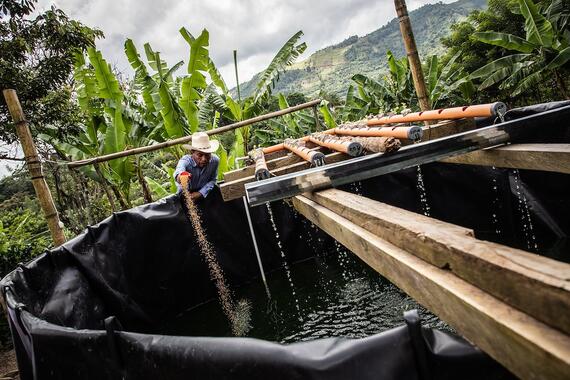
With other endeavours, including beehive projects to produce honey, Mohamed no longer needs to do day labour. This means he can spend more time with his family and tend to his own maize fields. He explains:
"It all mostly goes to sale in local markets. We keep any excess for food, which helps. In the long run, this is income and food for the family."
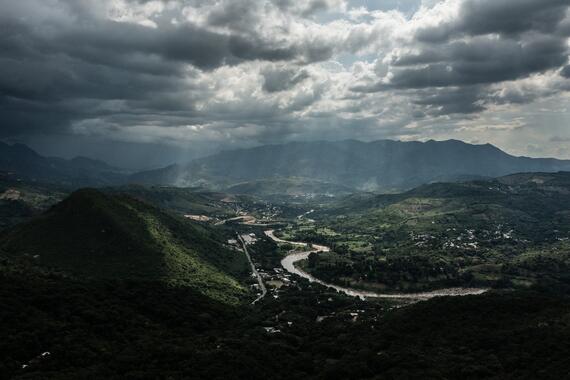
Despite these encouraging stories, El Salvador, Guatemala and Honduras are facing a complex scenario due to climate change. This may deteriorate, with forecasts that El Niño could once again cause prolonged droughts.
Currently, 9.3 million people are in need between the three countries. Humanitarian teams have launched Humanitarian Response Plans for 2023 to raise US$505 million ($280 million for Honduras, $126 million for Guatemala, $98 million for El Salvador) to assist 4.9 million people in need. However, no plan has yet exceeded 13 per cent funding.
With the storm season approaching and droughts expected, additional contributions are urgently needed to ensure the humanitarian response for vulnerable families does not fall short.
Text: Marc Belanger; Photos: Vincent Tremeau, Marc Belanger; Edited by: Nina Doyle
